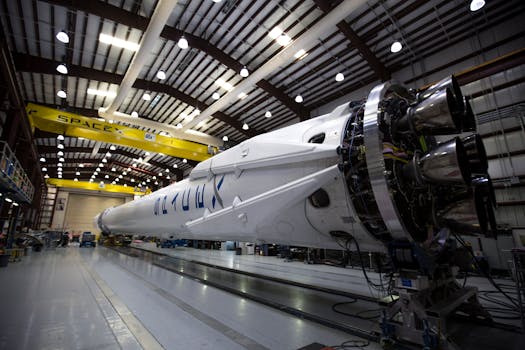Satellite Development: Exploring the History and Key Milestones of Satellite Technology
The history of satellite development is a long and fascinating one, with key milestones that have shaped the industry into what it is today. From the launch of the first artificial satellite to the current era of satellite constellations, this article explores the major developments in satellite technology.

Satellite Development: Exploring the History and Key Milestones of Satellite Technology
Satellite development has a rich and fascinating history, with satellite development being a crucial aspect of space exploration and technology. The idea of launching an artificial satellite into space was first proposed by Science Fiction writer Arthur C. Clarke in 1945, and since then, the industry has come a long way. In this article, we will explore the history of satellite development and the key milestones that have shaped the industry into what it is today.
The first artificial satellite, Sputnik 1, was launched by the Soviet Union on October 4, 1957. This historic event marked the beginning of the space age and paved the way for future satellite launches. The United States responded to the Soviet Union’s achievement by launching its own satellite, Explorer 1, on January 31, 1958. These early satellites were simple in design and function, but they laid the foundation for the development of more complex and sophisticated satellite systems.
The Early Years of Satellite Development
The early years of satellite development were marked by a series of significant achievements. In 1960, the first commercial communications satellite, Telstar 1, was launched, enabling transatlantic television transmissions. The first weather satellite, TIROS-1, was launched in 1960, providing valuable data on weather patterns and helping to improve weather forecasting. The first navigation satellite, Transit 1B, was launched in 1960, providing location information for the US Navy’s submarines.
The 1960s and 1970s saw the launch of several notable satellite programs, including the Soviet Union’s Luna program, which sent a series of spacecraft to the Moon, and the United States’ Apollo program, which put humans on the Moon’s surface. These programs pushed the boundaries of satellite technology and paved the way for future space exploration.
Modern Satellite Development
In recent years, the satellite industry has experienced significant growth and innovation. The development of new technologies, such as satellite constellations and small satellites, has enabled the launch of hundreds of satellites into space. These satellites provide a range of services, including communications, navigation, and Earth observation.
One of the key drivers of modern satellite development is the increasing demand for satellite-based services. The growing need for global connectivity, particularly in remote and underserved areas, has led to the development of new satellite constellations, such as OneWeb and SpaceX’s Starlink. These constellations aim to provide high-speed, low-latency internet connectivity to users around the world.
Conclusion
In conclusion, the history of satellite development is a long and fascinating one, with key milestones that have shaped the industry into what it is today. From the launch of the first artificial satellite to the current era of satellite constellations, the satellite industry has come a long way. As the demand for satellite-based services continues to grow, it is likely that the industry will continue to innovate and evolve, enabling new and exciting applications for satellite technology.